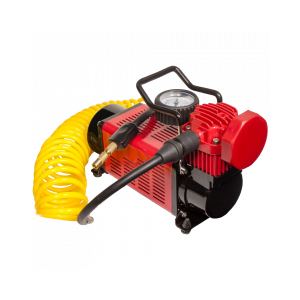Understanding the Importance of Front Crank Oil Seal in Engine Performance and Maintenance
Understanding Front Crank Oil Seals Importance, Function, and Maintenance
The front crank oil seal is a vital component in an internal combustion engine, playing an essential role in maintaining engine performance and longevity. Engine oil is critical for lubricating moving parts, reducing friction, and preventing wear. The front crank oil seal ensures that this vital lubricant remains contained within the engine, preventing leaks that could lead to inadequate lubrication and potential engine failure.
What is a Front Crank Oil Seal?
The front crank oil seal is specifically designed to fit over the crankshaft, which is the engine's rotating shaft responsible for converting linear motion into rotational motion. This seal is usually made of rubber or a rubber-like material, providing flexibility and resistance to oil dilution, heat, and wear. Its primary purpose is to prevent engine oil from leaking out of the front of the engine, particularly from the timing cover or front engine housing.
Importance of the Front Crank Oil Seal
Oil leaks can significantly impact engine performance
. When oil escapes from its intended pathways, the following issues can arise1. Oil Loss Insufficient oil can lead to lubrication failures, resulting in increased friction and wear on critical engine parts. 2. Contamination A leaking seal can allow dirt and debris to enter the engine, leading to contamination of the oil and damaging internal components. 3. Environmental Concerns Oil leaks can pose environmental hazards, contributing to pollution and possibly leading to regulatory penalties for vehicle owners.
4. Costly Repairs Engine oil leaks can escalate into more serious issues if not addressed promptly. This could lead to substantial repair costs, engine overhauls, or even the need for a complete engine replacement.
front crank oil seal

Symptoms of a Failing Front Crank Oil Seal
Several signs indicate that the front crank oil seal may be failing. These include
- Visible Oil Leaks Puddles of oil beneath the front of the engine are a clear sign that the seal is not functioning properly. - Low Oil Levels Frequent checks may reveal a decrease in oil levels, necessitating top-ups more often than usual. - Engine Noise If the oil reserves drop too low, the engine may produce unusual sounds indicating that parts are not adequately lubricated. - Oil on the Timing Belt In engines with timing belts, oil on the belt can be a sign of a leaking front crank seal, leading to potential belt failure.
Maintenance and Replacement
Maintaining the front crank oil seal involves regular inspections and oil changes. The best practice is to monitor oil levels and watch for signs of leakage. Most mechanics recommend replacing the front crank oil seal whenever the timing belt or chain is replaced, as this provides easy access and minimizes labor costs.
When replacing the seal, it is crucial to ensure that the replacement part matches the specifications for the make and model of the vehicle. Proper installation is vital; if the seal is not seated correctly, it can lead to future leaks and complications.
Conclusion
The front crank oil seal is a small yet crucial component of an engine that plays a significant role in vehicle health. Understanding its function, recognizing the signs of failure, and conducting regular maintenance can help ensure optimal engine performance. By staying proactive about this component, vehicle owners can prevent leaks, reduce costs, and extend the life of their engines, contributing to a safer and more reliable driving experience.
-
Understanding Automotive Oil Seals: Essential Components for Engine and Shaft Protection
News Jul.30,2025
-
The Importance of Heavy Duty Seals in Industrial and Residential Applications
News Jul.30,2025
-
Exploring Industrial Oil Seals: From Felt Oil Seals to TTO and CFW Solutions
News Jul.30,2025
-
Essential Guide to Oil Seals: From Radial to Metal-Cased Seals for Industrial Reliability
News Jul.30,2025
-
Choosing the Right Oil Seals and Gaskets for Industrial and Automotive Applications
News Jul.30,2025
-
Cassette Seals: Durable Sealing Solutions for Harsh Environments
News Jul.30,2025
-
Understanding the Front Main Engine Seal: Purpose, Maintenance, and Installation
News Jul.29,2025
Products categories















